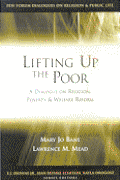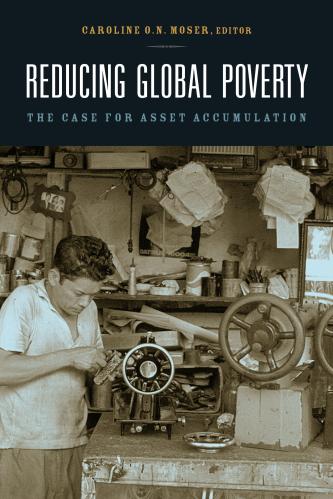INTRODUCTION
A number of wide-ranging economic reforms were introduced
in South Africa after the demise of apartheid.
These reforms aimed at, among other things, macroeconomic
stability, economic growth, job creation and
poverty reduction. The new democratic government
repeatedly emphasized that the provision of free basic
services—such as water, electricity, sanitation and housing—
to previously disadvantaged groups was a key
policy objective. In addition, Section 2 of the country’s
constitution identifies a set of socioeconomic rights that
include housing, water and education. Nonetheless,
most of the attempts to measure broad changes in the
welfare of South Africans since 1994 have understandably
focused on the private returns to economic growth,
and in doing so attention remains primarily on income- or
expenditure-based measures of well-being. Studies focused
on these money-metric measures find that income
poverty worsened over the period between South Africa’s
transition to democracy until about 2000 and 2001, and
that since then a continuous but slow downward trend
has been observed. Such findings are consistent regardless
of the datasets used (Ardington, Leibbrandt, and
Welch 2005; Hoogeveen and Özler 2006; Leibbrandt et
al. 2006; Van der Berg, Louw, and Du Toit 2008).
In contrast to the valuable work on money-metric measures
of economic progress, only a limited number of
studies have focused on well-being in terms of access
to assets and services over a similar period. Yet this is
an important component in understanding the extent
to which economic growth in South Africa has been
inclusive, or pro-poor. Burger and colleagues (2004),
Bhorat, Naidoo, and Van der Westhuizen (2006), and
Bhorat and Van der Westhuizen (2009) attempted the
first non-money-metric assessments of welfare for the
post-apartheid period. Using a variety of empirical approaches,
these researchers find significant declines in
the levels of nonincome poverty. Two recent additions
to the South African literature are Schiel (2012) and
Finn, Leibbrandt, and Woolard (2013). Schiel (2012),
in a dissertation, examines poverty levels using both
money-metric and non-money-metric techniques to
assess welfare gains, while Finn, Leibbrandt, and
Woolard (2013) construct a measure of multidimensional
poverty, based on the work of Alkire and Foster
(2011) and Alkire and Santos (2011), and analyze
changes between 1993 and 2010. Their index includes
information on health, education and a variety of measures
of living standards, and they find strong declines
in multidimensional poverty.
Building on previous work, this paper seeks to contribute to a more comprehensive understanding of changes in nonincome welfare over an 18-year period in South Africa, from 1993 to 2010. While the existing literature reveals increased delivery of basic services by the government since 1994, there has been a fairly narrow focus on so-called public assets, such as the state’s provision of housing, water and electricity. Most studies exclude information on private assets, such as whether a household has a stove, a refrigerator, a television set, a vehicle and so on. We believe that these are relevant indicators of economic welfare. In addition, most of the studies mentioned here do not address the contribution that increased access to education makes to overall well-being. Hence, in an attempt to extend the reach of existing research, this paper seeks to offer a more nuanced understanding of the role that assets—both public and private—and services have played in postapartheid welfare in South Africa. Specifically, using information on both public and private assets, as well as education, we create a welfare measure to investigate shifts in nonincome poverty between 1993 and 2010. In addition to analyzing aggregate shifts, we examine changes across different income quintiles in the distribution. To construct a nonincome welfare index, we use the technique of principal components analysis (PCA), which allows us to aggregate over our set of chosen variables.
The paper is structured as follows. The second section provides a brief overview of the data we use and the PCA methodology. The third section presents a descriptive summary of the various changes in access to assets and services during the period being considered. The fourth section explains the results of the PCA that was undertaken. The fifth section then examines the major changes in nonincome welfare that have taken place, and finally the sixth section offers brief conclusions.










